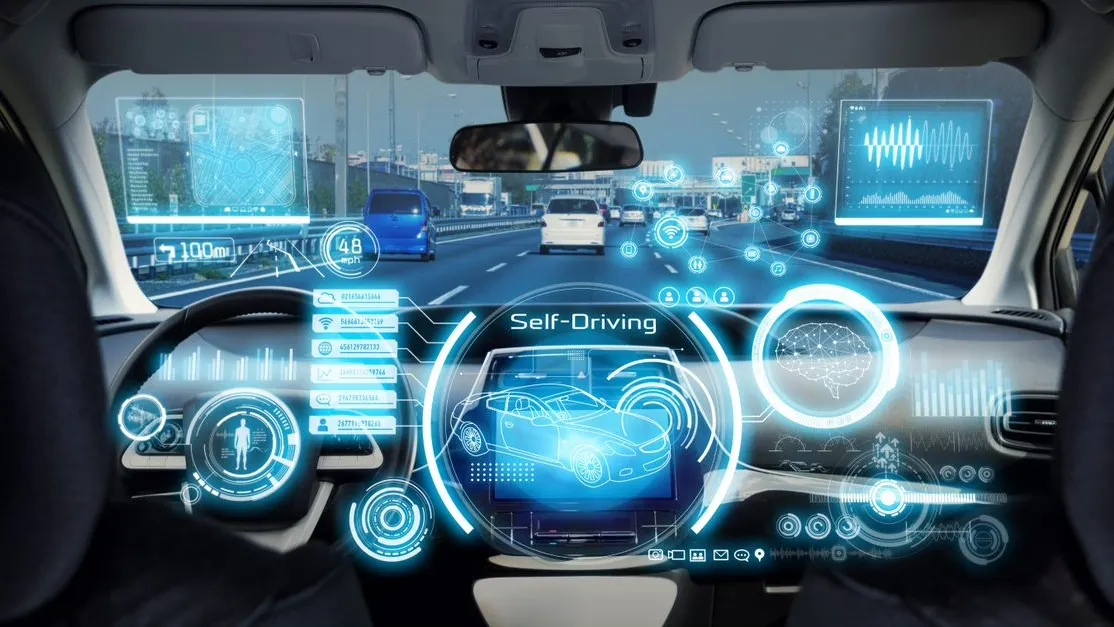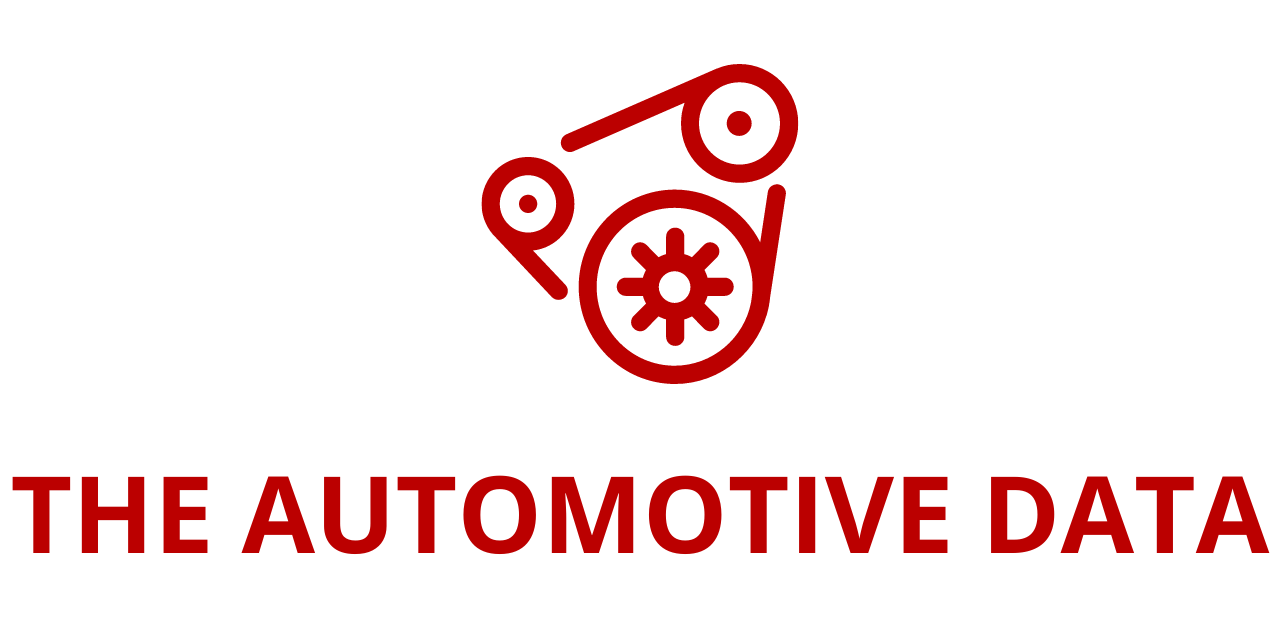
Global Autonomous Vehicle Regulations Report 2024–2025: Strategic Landscape, Regional Highlights, and Market Implications
The 2024 edition of the Global Autonomous Vehicle Regulations report, now available through ResearchAndMarkets.com, delivers a comprehensive strategic assessment of how governments across the globe are shaping the regulatory environment for autonomous vehicles (AVs). Covering developments in North America, Europe, Asia-Pacific (APAC), and emerging markets, the report identifies the legislative trends, testing initiatives, and regional dynamics influencing the advancement of Level 3 (L3) to Level 5 (L5) autonomy.
Strategic Overview: Regulatory Evolution and Market Readiness
Autonomous vehicle technologies are accelerating toward commercialization, but regulatory inconsistencies remain a significant hurdle. The global AV regulatory ecosystem is currently shaped by three major forces:
1. Fragmented U.S. Regulatory Landscape
In the U.S., the lack of a unified national policy has left individual states to enact their own AV laws. This state-by-state variation results in operational inconsistency and hinders wide-scale deployment. However, the National Highway Traffic Safety Administration (NHTSA) has begun efforts to coordinate safety and testing frameworks, including recent guidance on Advanced Driver Assistance Systems (ADAS) and Level 4 automated systems.
2. European Cross-Border Leadership
Europe leads in creating harmonized frameworks that allow AV testing and deployment across national borders. Countries like Germany, France, and the UK have adopted UNECE Regulation No. 157, allowing L3 Automated Lane Keeping Systems (ALKS). Germany, in particular, is working toward full L4 operational approval through proposed legislative reforms.
3. Asia-Pacific as a Hotbed for Advanced Testing
The APAC region stands out for its rapid progress in L4 and L5 testing, particularly in China, Japan, and Singapore. Government-led initiatives and smart city integrations are fueling innovation. China’s smart mobility pilot zones, Japan’s Highway L3 consumer deployments, and Singapore’s AV roadmaps are transforming urban mobility ecosystems.
Strategic Imperatives Reshaping the AV Market
The report outlines three primary strategic imperatives disrupting and reshaping the global AV industry:
Geopolitical Tensions
Geopolitical frictions—especially between the U.S. and China—have triggered tariffs and trade restrictions, straining the supply chain for key AV components such as semiconductors and radar systems. To maintain resilience and compliance, AV manufacturers are investing in local supply chains and promoting cross-border cooperation on standardization.
Environmental and Safety Megatrends
Global mandates around environmental sustainability and road safety are catalyzing demand for connected, autonomous, shared, and electric (CASE) vehicles. AV regulations are being aligned with broader emissions goals and mobility objectives. ADAS technologies are becoming standard offerings in new vehicles to meet evolving safety regulations.
Digital Disruption and Business Model Shifts
The AV industry is experiencing a surge in direct-to-consumer (D2C) models, including subscriptions and robotaxi services. This shift is prompting regulatory attention toward consumer rights, cybersecurity, and data governance. OEMs must navigate privacy mandates and adopt new monetization models that comply with these emerging laws.
Growth Drivers
Several key forces are supporting regulatory progress and AV adoption:
- Safety and Traffic Optimization: Governments see AVs as a solution to reduce human error-related accidents and traffic congestion. Regulatory bodies are prioritizing collision avoidance features and integration with smart infrastructure.
- Technology Maturity: Rapid developments in AI, ML, sensor fusion, and 5G connectivity have made L3–L5 autonomy increasingly viable. Regulatory agencies are working to codify minimum safety performance standards based on these technological capabilities.
- Smart City Alignment: Cities are embedding AVs into their urban mobility strategies, creating testbeds for real-world deployment. Integration into traffic management systems and public transit is underway in major metro areas.
- Industry Collaboration: OEMs, tech firms, and trade associations are lobbying for regulatory clarity and incentives. Pilot projects and industry consortia are accelerating AV readiness across both passenger and logistics applications.
Growth Restraints
Despite the momentum, several challenges impede large-scale regulatory adoption:
- Liability Ambiguity: The lack of legal frameworks defining fault in AV-related incidents—especially with L4 and L5 systems—slows legislative progress. Legal clarity on driver vs. system responsibility remains elusive.
- Cybersecurity and Privacy Risks: Data generated by AVs raises serious concerns about hacking, surveillance, and misuse. Governments are cautious about approving mass deployment without airtight security standards.
- Labor Market Disruption: Fear of job losses in trucking, taxi, and public transport sectors is stalling political support. Policymakers are weighing economic consequences before endorsing widespread AV integration.
- Public Trust and Perception: A deficit in public trust—amplified by high-profile AV testing crashes—has made regulators reluctant to scale deployment. Regulatory bodies emphasize the need for gradual, proven rollouts backed by real-world validation.
Global Regulatory Trends and Testing Landscape
Europe: Harmonization and Expansion
The European Union, under the UNECE framework, has set global benchmarks for AV feature deployment. UNECE Regulation No. 157 has opened the door for L3 ALKS, with updates in 2024 further defining driver control assistance systems (DCAS). Germany and France lead with consumer-facing deployments, while other EU nations follow at varied paces.
Asia-Pacific: Aggressive Policy and Urban Integration
- China: With a strong central directive, China is the largest AV testing market globally. Robotaxis operate in cities like Beijing, Shanghai, and Shenzhen. National-level ICV (intelligent connected vehicle) regulations support both consumer and commercial AV applications.
- Japan: As the first country to allow L3 ALKS for consumer use, Japan is now working on fast-tracking L4 implementations for public transport and delivery.
- Singapore: Through AV-focused R&D hubs and regulation-friendly corridors, Singapore remains a global leader in autonomous urban mobility pilots.
- Others: South Korea, Australia, India, and Malaysia are making steady progress with testing zones, national AV frameworks, and early use cases.
North America: Slow Federal Action, Active States
In the U.S., while NHTSA provides national safety standards, most AV testing is governed at the state level. California, Texas, and Arizona are notable for allowing driverless AV pilots. Canada and Mexico are developing supportive legislation and test zones. Teleoperation—remote assistance for AVs—is also receiving regulatory scrutiny across the region.
Growth Opportunities
The report identifies four key opportunity areas:
- Mandated Innovation in Premium Vehicles: Regulations are prompting OEMs to differentiate through safety and automation innovations in high-end models.
- Operationalizing L4 for Specific Use Cases: Shuttle services, logistics, and controlled-environment robotaxis offer immediate deployment potential.
- Scaling L2+ and L3 for Mass Market: Regulatory approval of L3 systems is creating pathways for mid-tier AV adoption.
- Global Harmonization to Enable Faster Rollout: Standardized international frameworks will reduce testing redundancy and accelerate commercialization timelines.







